Rare Rides Icons: The Cadillac Eldorado, Distinctly Luxurious (Part I)

After completing our extensive Rare Rides Icons coverage of every Lincoln (Continental) Mark between 1939 and 1998, it seems only fair we cover the Mark’s arch-rival in a similar fashion. Though the General Motors competition arrived long after the Continental name was applied to a Lincoln, its history is equally varied and interesting. Come along as we learn about another luxurious subject: the Cadillac Eldorado.
In the early 1950s, Cadillac was riding high on a wave of popularity. Post-WWII the company offered a full line of very luxurious vehicles and was seen by many as the pinnacle of American luxury. Along with the likes of Lincoln and Packard, domestic manufacturers enjoyed a market nearly devoid of any noteworthy foreign luxury competition.
At the turn of the decade, there were four different Cadillac models on offer, each of which was identified by a Series name. Entry into the Cadillac brand was via the Series 61 and Series 62. The former was a replacement for the discontinued and rather short-lived LaSalle brand - an Alfred P. Sloan creation. Positioned slightly above the 61, Series 62 was more popular and existed until it was renamed 6200, and eventually Calais (in 1965).
The wealthier full-size buyer circa 1950 would select a Sixty Special. Like the 61 and 62, the Sixty Special was a long-lived nameplate that dated back to 1938. In its 1950 iteration, the Sixty Special was a lengthened Series 62 four-door, with a much nicer interior but a nearly identical exterior.
Finally, the ultra-luxury full-size Cadillac in 1950 was the Series Seventy-Five. A name in use since 1936, the Seventy-Five was always the pinnacle of the brand. Riding on GM’s most exclusive platform, the D-body, Seventy-Five was available only as a large (236.6”) sedan or limousine. Bodied by Fleetwood, Cadillac advertised its large cars as “Cadillac-Fleetwood” in salesman literature.
Around this time, Detroit’s automotive brass saw the potential of a more expensive, exclusive, low-volume luxury car of a decidedly different character than the upright and formal flagship sedan. Though the “personal luxury car” moniker didn’t exist yet, its foundations were laid in the earliest part of the Fifties. The likes of the Packard Caribbean, Chrysler Imperial Newport, and the earliest Eldorado were more niche examples of what became the personal luxury car in 1955 with the introduction of the Ford Thunderbird.
Usually with two doors in convertible format, additional luxury features, more chrome, and different styling, these first models were usually advertised as “sports cars” as a more suitable term didn’t exist. Critically, these two doors were priced above their brand’s most expensive sedan. GM rolled out its first super-luxury two-doors in 1953 with a trio of exciting new low-production models. With amalgamated names, the Buick Roadmaster Skylark, Oldsmobile 98 Fiesta, and Cadillac Series 62 Eldorado were introduced as the most expensive cars on offer from their respective brands that year.
Though it shared its platform with the standard Series 62, the Eldorado had unique bodywork to help it stand out from Series 62 coupes and convertibles. Worth noting, Series 62 received another relevant embellishment that year with a newly born top trim of the coupe: Coupe de Ville.
The new Cadillac convertible’s debut was not the first appearance of the Eldorado name, however. A year prior in 1952, Cadillac celebrated its first 50 years of car production. The company introduced two different cars to celebrate the “Golden Anniversary” of the brand: the Sixty Special Townsman and Cadillac El Dorado made their appearance some time in 1952.
The Townsman (above) displayed a lot of special trim on top of a standard Sixty Special, and was painted black with a gold fabric roof that was “linen-grained.” The interior was finished in similar gold and black, with gold metallic threading used throughout the interior. Cadillac highlighted the custom interior was finished by the artisans at Jacquard.
Notably, luggage was built into the back of the front seats. Described as two accordion-style cases, the luggage was suggested as storage for touring equipment, clothes, or other things like wraps. All interior metal trim of the Townsman was 14-karat gold plated.
While the special Townsman was more a show of craftsmanship and trim, the El Dorado was a preview of an upcoming production car. A breathless press release claimed the exotic convertible expressed “the ageless arts” and “appointments of the future.” Put those phrases together and you sort of end up with a more familiar, recent slogan: Arts & Science.
Cadillac went on to describe the El Dorado as presented in a gleaming white color with gold trim. It had an aircraft-like appearance, and rear fenders that were “jet-like.” With dual exhausts, Cadillac described the El Dorado as “... a sports car in character.”
Similarly sporty, El Dorado’s interior was covered in East Indian red pepper leather upholstery. Contrasting piping was done in white, and the dash was covered in faux leather which GM called Royalite. Like the Townsman, there was a lot of 14-Karat gold on the El Dorado. Instrument panel inserts, door moldings, and door kick strips were all plated and patterned.
All the gold on the El Dorado was relevant to its translation from Spanish, as “the gilded one.” However, shortly after the prototype’s public debut, the marketing people at GM decided one word sounded better than two. And by early 1953 when Cadillac PR was talking about the prototype, its name was simply Eldorado.
It was a case of a “prototype” car shown in near-production form. Minus the gold trim everywhere, the production Eldorado of 1953 looked almost identical to the show car. Unfortunately, both it and the Townsman prototype have been lost to time. In our next installment, we’ll go over some of the facts and figures of the extremely rare, very expensive, single-year 1953 Eldorado.
[Images: GM]
Become a TTAC insider. Get the latest news, features, TTAC takes, and everything else that gets to the truth about cars first by subscribing to our newsletter.

Interested in lots of cars and their various historical contexts. Started writing articles for TTAC in late 2016, when my first posts were QOTDs. From there I started a few new series like Rare Rides, Buy/Drive/Burn, Abandoned History, and most recently Rare Rides Icons. Operating from a home base in Cincinnati, Ohio, a relative auto journalist dead zone. Many of my articles are prompted by something I'll see on social media that sparks my interest and causes me to research. Finding articles and information from the early days of the internet and beyond that covers the little details lost to time: trim packages, color and wheel choices, interior fabrics. Beyond those, I'm fascinated by automotive industry experiments, both failures and successes. Lately I've taken an interest in AI, and generating "what if" type images for car models long dead. Reincarnating a modern Toyota Paseo, Lincoln Mark IX, or Isuzu Trooper through a text prompt is fun. Fun to post them on Twitter too, and watch people overreact. To that end, the social media I use most is Twitter, @CoreyLewis86. I also contribute pieces for Forbes Wheels and Forbes Home.
More by Corey Lewis
Latest Car Reviews
Read moreLatest Product Reviews
Read moreRecent Comments
- SPPPP I am actually a pretty big Alfa fan ... and that is why I hate this car.
- SCE to AUX They're spending billions on this venture, so I hope so.Investing during a lull in the EV market seems like a smart move - "buy low, sell high" and all that.Key for Honda will be achieving high efficiency in its EVs, something not everybody can do.
- ChristianWimmer It might be overpriced for most, but probably not for the affluent city-dwellers who these are targeted at - we have tons of them in Munich where I live so I “get it”. I just think these look so terribly cheap and weird from a design POV.
- NotMyCircusNotMyMonkeys so many people here fellating musks fat sack, or hodling the baggies for TSLA. which are you?
- Kwik_Shift_Pro4X Canadians are able to win?



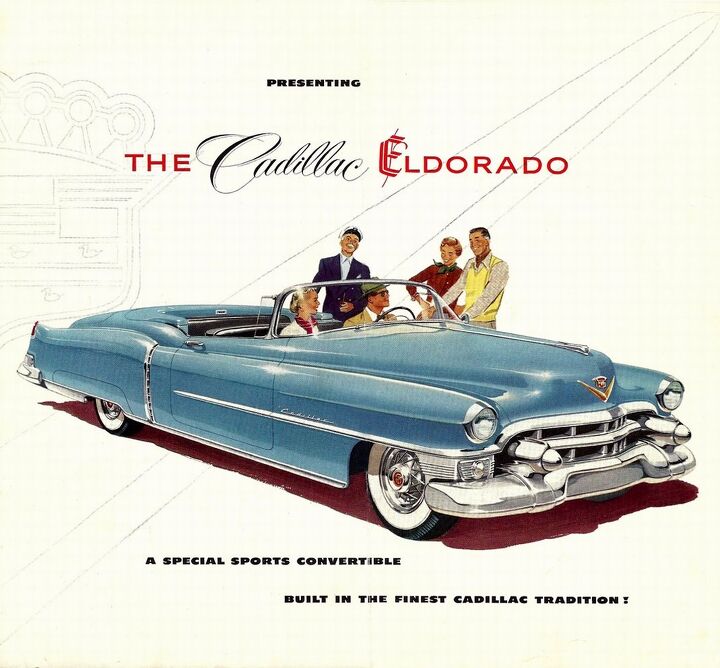





















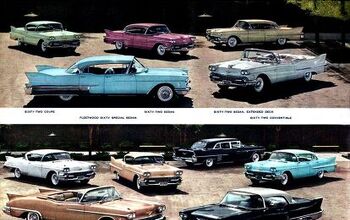
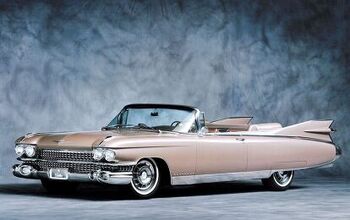
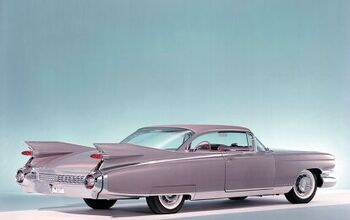
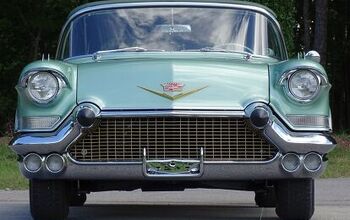
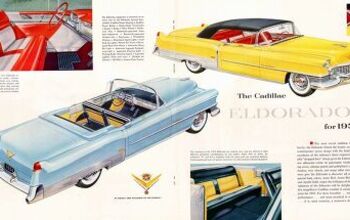
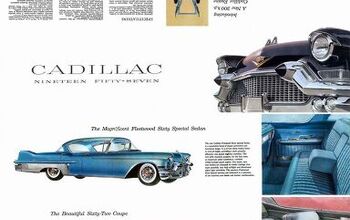
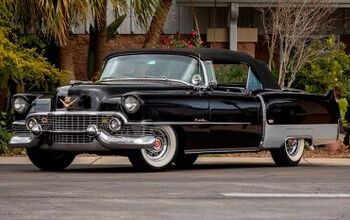
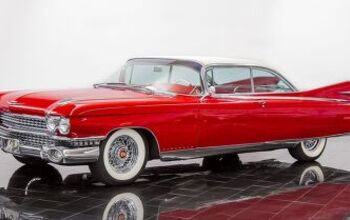
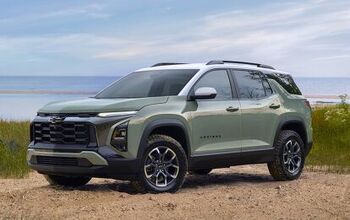
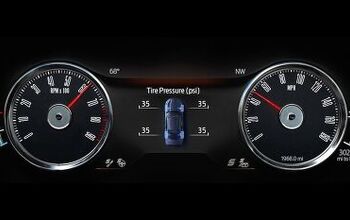

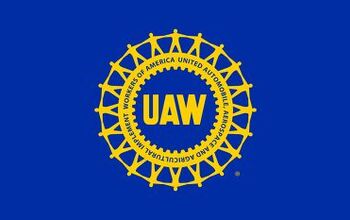

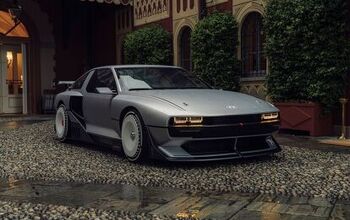
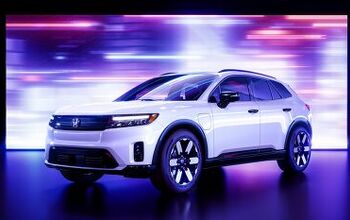
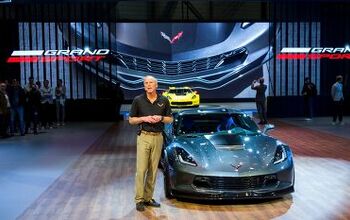
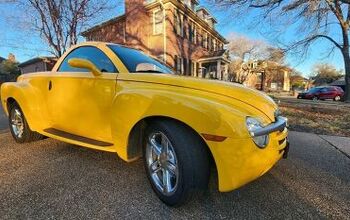
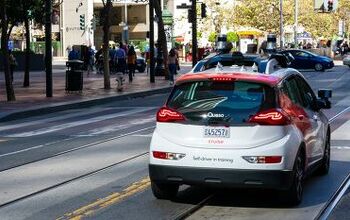
Comments
Join the conversation
You're getting off to a good start with this series Corey. Keep them coming
Nice series - call me when 1967 arrives. After that a sad decline...